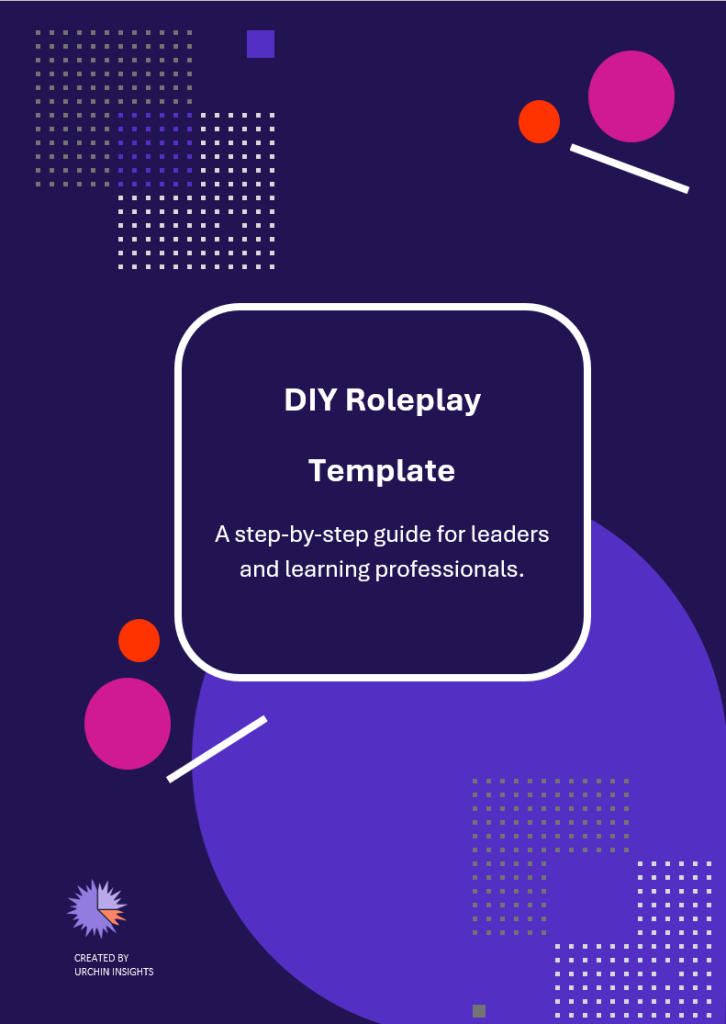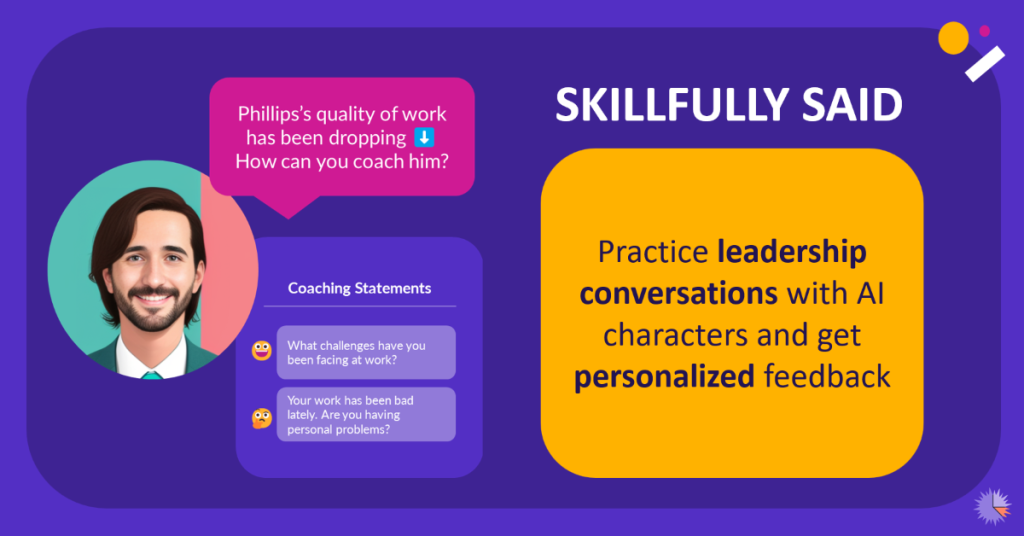4 Cost Effective Strategies for Building Leadership Programs that Meet Diverse Needs

Alison Lee
March 13, 2024
The Challenge with Customization
How do we make sure that our programs are relevant and helpful to our leaders?
How do we quickly and efficiently adapt our materials to keep up with change?
Designing leadership development programs that meet the diverse needs of leaders has always been a resource intensive, headache-inducing task. However, we persist because leadership is highly context specific. Just like a puzzle, leaders need to find the right pieces for each unique situation to succeed.

It’s such a difficult challenge that a recent study1 by Josh Bersin found that only 25% of companies believe that their leadership development is delivering high value, and only 24% of companies say their model is “highly relevant”.
With Learning and Development (L&D) teams being increasingly asked to do more with less, we’ve put together a list of 4 practical and budget friendly strategies for you to create a leadership development program that is both effective and relevant.
Strategy 1: Distinguish what is permanent vs what expires
Permanent skills, like emotional intelligence, communication skills, critical thinking, decision making and the ability to lead and inspire a team remain relevant, regardless of changes in industry, context or decade.
In fact, if you go back to 300BC to the Arthashastra and Chanakya Sutras, in which guidelines were written for the first ruler of the Mauryan Empire, you’ll find that the three key tenets for running an empire sound incredibly familiar:
- Conduct business in an ethical and socially responsible manner,
- Put the welfare of your people first,
- Learn, unlearn, and re-learn.2
What is permanent does not need to be customized
Instead of customizing a whole program, we should focus our limited resources on customizing what expires. These skills have a shorter time horizon but are critical for leaders and the organization to stay relevant and adapt to an evolving business landscape. These include technological tools, market trends, best practices, current events, and leadership trends.
A great program would help leaders combine permanent principles with a forward-thinking mindset to navigate uncertainty and drive outcomes in a changing world.
Strategy 2: Leverage DIY cases and situations as the basis for learning
I spent a large part of my early career building complex, 20-page case studies and 7-page role-plays in which we provided P&L statements alongside detailed market and product descriptions. Not only did it take months to build a program, but it also added significant program costs and took up tons of internal L&D and Subject Matter Expert (SME) time to give information, review, edit and finalize.
In the last 5 years, we’ve shifted to asking leaders to bring their own case studies and situations. We give them a nifty little template to fill out, and not only are we saving time and money on all fronts, but the leaders also get to work on something incredibly relevant and timely.
Download Now: Free DIY Roleplay Template
A step-by-step guide (with examples 🥳) to creating your own custom roleplays
Global Content, Local Context
For those of you who are managing the challenge of balancing Global versus Local leadership development needs, try focusing on teaching content globally, but contextualizing the content with local DIY cases. This helps you drive alignment on global principles, while the DIY approach allows leaders to adapt these principles to local case studies.
Pro Tip 💡:
If DIY cases are technical, invite a senior leader to co-facilitate with you
Strategy 3: Leverage Technology
With the rise of Generative AI, customizing content is easier and faster than ever. A single person would be able to use platforms like ChatGPT to tailor e-learning content to meet the specific needs and preferences of the organization. Many Learning Management Systems (LMS) now offer AI powered personalized growth plans that are customized to an individual leader’s breadth of experience and career goals.
Technology can also enhance relevance by creating personalized learning experiences. Gone are the days when you must pay 200 EUR an hour for a personal coach or trainer. Solutions such as Skillfully Said allow leaders to design their own scenarios and provide personalized feedback based on the leader’s performance.
Strategy 4: Use Action Learning
Action learning is probably one of the most powerful methods that you can use in leadership development. In action learning, you engage leaders in real projects or challenges relevant to their role or organizational goals. Leaders collaborate to tackle these challenges and learn from a combination of group discussions, feedback, and reflection. Its benefits are profound. Firstly, it’s relatively simple and efficient to implement. Secondly, as leaders work on relevant projects with their peers, there is immediate transfer of learning and beneficial organizational outcomes.
The practical challenges with action learning are twofold.
- The first is that these action learning projects are quite time intensive for the leaders, and if they are not given capacity to tackle them, they can quickly become a burden.
- The second is related to the first in that it’s difficult to make sure that these projects and challenges are true priorities for the business.
Here are some examples of how others have tackled these challenges:
- LinkedIn’s “InDay” Program: LinkedIn solves the first challenge by allowing employees to dedicate one day per month to pursue projects outside of their usual responsibilities.
- Project Pitches: To ensure that these projects are true priorities, we’ve had the teams pitch a project idea to senior leadership, and only the projects that are voted the most relevant to business needs are approved and given resources.
Keeping pace with change
The rate of change is increasing, our leaders are only getting busier, and the business environment is only getting more complex. One thing is for sure, we can’t design leadership development programs the way we used to. May our programs continue to evolve and grow, just like the leaders we aim to nurture.
1 https://joshbersin.com/2023/11/companies-have-been-neglecting-their-leadership-and-it-shows/
2 https://www.weforum.org/agenda/2017/01/leadership-lessons-from-the-oldest-book-on-management/
Leadership Programs for Diverse Need Leadership Programs for Diverse Needs Leadership Programs for Diverse Needss


